If any nutrient can be referred to as a “rising star,” it’s vitamin D. In the past vitamin D was most associated with calcium uptake into the body. Its essential nature was first noticed in children who had rickets, a malformation of bone linked to disordered calcium metabolism. Scientists who observed the unfortunate children afflicted by rickets also noted that they weren’t exposed to sunlight very often. Eventually, scientists realized that ultraviolet light B emitted from the sun can react with cholesterol in the skin to form vitamin D. That’s why sunlight is the prime source of vitamin D; not many foods contain much of it.
Further studies revealed that D metabolism was more complicated than was initially believed. Vitamin D, whether from sun exposure or food sources, undergoes a process called hydroxylation in the liver, where it’s converted into 25-hydroxyvitamin D. The amount of 25-hydroxy D in the blood determines a person’s vitamin D sufficiency. After being converted in the liver, 25-hydroxy D is converted again, this time in the kidneys, into 1,25-dihydroxyvitamin D, which is the vitamin’s active form. What makes vitamin D unique among nutrients is that it’s actually a pro-hormone, since the 1,25 version is active in the body. More important, 1,25 acts more like a hormone. While early studies showed that most of the conversion of 25-hydroxy D to 1,25 D occurred in the kidneys, later research found the enzyme that catalyzes the conversion, 1-alpha hydroxylase, in tissues throughout the body.
The discovery of vitamin D receptors in multiple body tissues was what really changed the vitamin’s status. Those receptors are now known to regulate about 3 percent of the human genome, or, to put it another way, the activated form of vitamin D controls the activity of more than 1,000 human genes. That helps explain why vitamin D deficiency is linked to numerous diseases, including cancer, diabetes, high blood pressure, autoimmune diseases, musculoskeletal disease and cardiovascular disease. Indeed, dozens of recent studies suggest that long-standing deficiency of vitamin D is closely associated with premature mortality. The vital importance of D can be seen in the fact that immune cells called T-cells, which protect against viruses and incipient tumors, need vitamin D to become fully activated. So it’s no surprise that insufficient D is linked to cancer.
Because activated D is a hormone—and a steroid at that, meaning it’s synthesized from a base of cholesterol—the question arises whether it interacts with other steroid hormones in the body, such as estrogen and testosterone. In animals that have had their vitamin D cell receptors knocked out, reproductive abnormalities appear. Researchers have identified seasonal variations in active D based on the amount of sunlight exposure.
And it’s not just animals. A study published last year measured vitamin D and testosterone in 2,229 men in Germany.1 Subjects who had more vitamin D also had more total testosterone, less sex-hormone-binding globulin, which binds testosterone in the blood, and more free, or unbound, testosterone. The men also showed a seasonal variation of testosterone—higher in summer and lower in late spring—which would reflect exposure to sunlight.
More recently, 54 healthy overweight men, aged 20 to 49, who were participating in a weight-loss program received either 3,332 units of D or a placebo each day for a year.2 At the start of the study the men were all low in vitamin D and testosterone. At the end of the year those who had taken the D supplement had significantly higher testosterone. Those in the placebo group experienced no changes, while the D group had notable increases in total, free and bioactive testosterone. That makes sense, since vitamin D cell receptors are found in the Leydig cells of the testes, where the body produces testosterone.
You’d think that athletes, with their focus on nutrition, would have no problems with vitamin D, but that doesn’t appear to be the case. In a study published last year, 98 athletes and dancers were tested for vitamin D status.3 The average age of the subjects was only 14 but ranged from 10 to 30, with 53 percent of them male. The measure of 25-hydroxy D averaged 25.3, below the minimal accepted norm of 30, and 73 percent of the subjects were vitamin D deficient. The highest prevalence of D occurred in the dancers (94 percent), basketball players (94 percent) and tae kwon do fighters (67 percent). Athletes who engaged in indoor sports showed the greatest D deficits, and they got worse during winter months, when sunlight was scarce.
Another study found that 77 percent of German gymnasts were below 35 on 25-hydrox D, and 37 percent were below 10. A study of French cyclists, who do most of their training outdoors, showed their D to be at 32 despite that fact. The optimal level for athletic activity is thought to be about 50. Back in 1938, Russian researchers found that four students who were exposed to ultraviolet radiation improved their speeds in the 100-meter dash over matched controls who weren’t exposed to the radiation. In 1944, German scientists irradiated 32 medical students twice a week for six weeks. Another group of students were not exposed to the radiation. Those who were exposed improved their stationary-cycling performance by 13 percent. Those in the control group didn’t.
A 1975 study found that vitamin D positively affected muscle protein synthesis. When D was given to rats deficient in it, they experienced improved muscle protein metabolism, along with an increase in muscle mass, a weight gain and a decrease in muscle breakdown. Muscle biopsy tests in humans confirmed the animal findings. Notably, selective improvement occurs in the type 2 muscle fibers, the ones most amenable to gains in size and strength. One study showed gains in muscle and strength even without exercise in humans deficient in D. Old women tripled their percentage of type 2 muscle fibers when given the vitamin. Other studies show an improvement in neuromuscular ability when D blood counts reach 40 to 50, with no further improvement at higher counts.
There is also a relationship between D and bodyfat. People with high bodyfat tend to sequester D in the fat, preventing its conversion into the active hormonal form. They would need to take more supplemental vitamin D to optimize it in their blood. They also have more activity of aromatase, the enzyme that converts testosterone into estrogen. Having more estrogen favors greater fat mass in the deep-lying, or visceral, abdominal area. That pattern is closely linked to insulin resistance, diabetes, cardiovascular disease and the metabolic syndrome. Having more visceral fat, in turn, means less activated D, so there is a relationship between elevated estrogen, depressed testosterone and low blood vitamin D. Some studies suggest that testosterone therapy may alleviate the depressed D scenario.
Some supplements currently sold as testosterone boosters contain vitamin D. That makes sense, since D is clearly involved in testosterone metabolism. The question is, How much D do you need to boost both health and testosterone output?
If you’re exposed to the sun for about 20 minutes, with exposure including most of your upper body, you’ll synthesize about 20,000 units of D. Those with darker skin need 10 times the exposure of those with lighter skin to get the same amount of D manufacture from the sun. Using a high-SPF sunblock will shut out nearly all the ultraviolet-B spectrum needed for D synthesis in the skin. Supplements are another option. Luckily, vitamin D supplements are inexpensive. The preferred form is cholecalciferol, or D3, which is retained longer in the body than the synthetic D2 version. The suggested starting amount is 2,000 units a day, but the best way to determine individual needs is to get a baseline blood test for 25-hydroxy D. You want to aim for a level of 40 to 50 a day.
Editor’s note: Jerry Brainum has been an exercise and nutrition researcher and journalist for more than 25 years. He’s worked with pro bodybuilders as well as many Olympic and professional athletes. To get his new e-book, Natural Anabolics—Nutrients, Compounds and Supplements That Can Accelerate Muscle Growth Without Drugs, visit www.JerryBrainum.com. IM
References
1 Wehr, E., et al. (2010). Association of vitamin D status with serum androgen levels. Clin Endocrinol. 73:243-248.
2 Pilz, S., et al. (2011). Effect of vitamin D supplementation on testosterone levels in men. Horm Metabol Res. 43(3):223-5.
3 Constantini, N., et al. (2010). High prevalence of vitamin D insufficiency in athletes and dancers. Clin J Sports Med. 20:368-71.













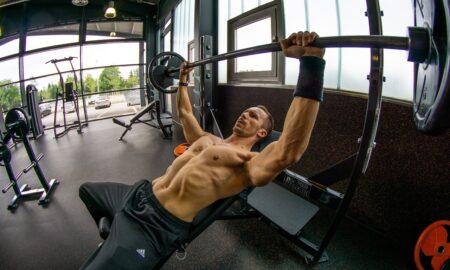
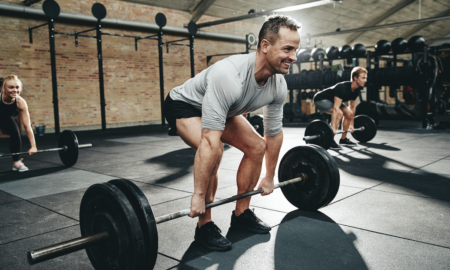
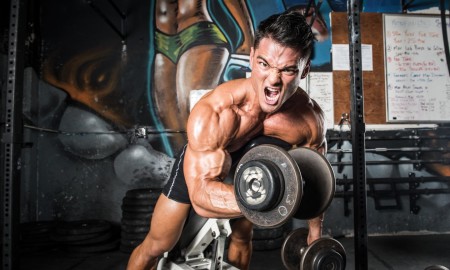

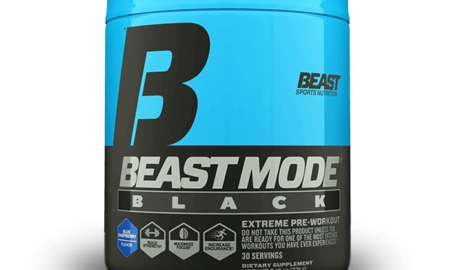
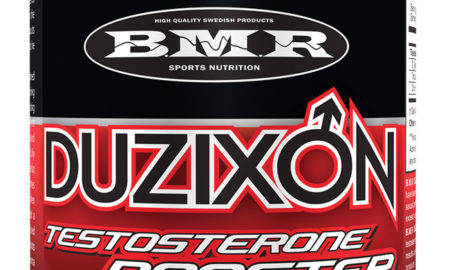
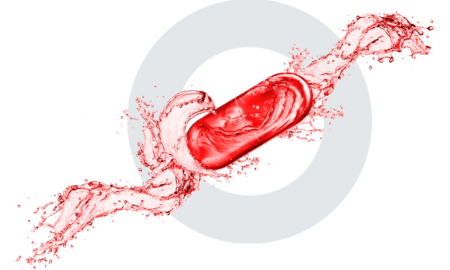
You must be logged in to post a comment Login